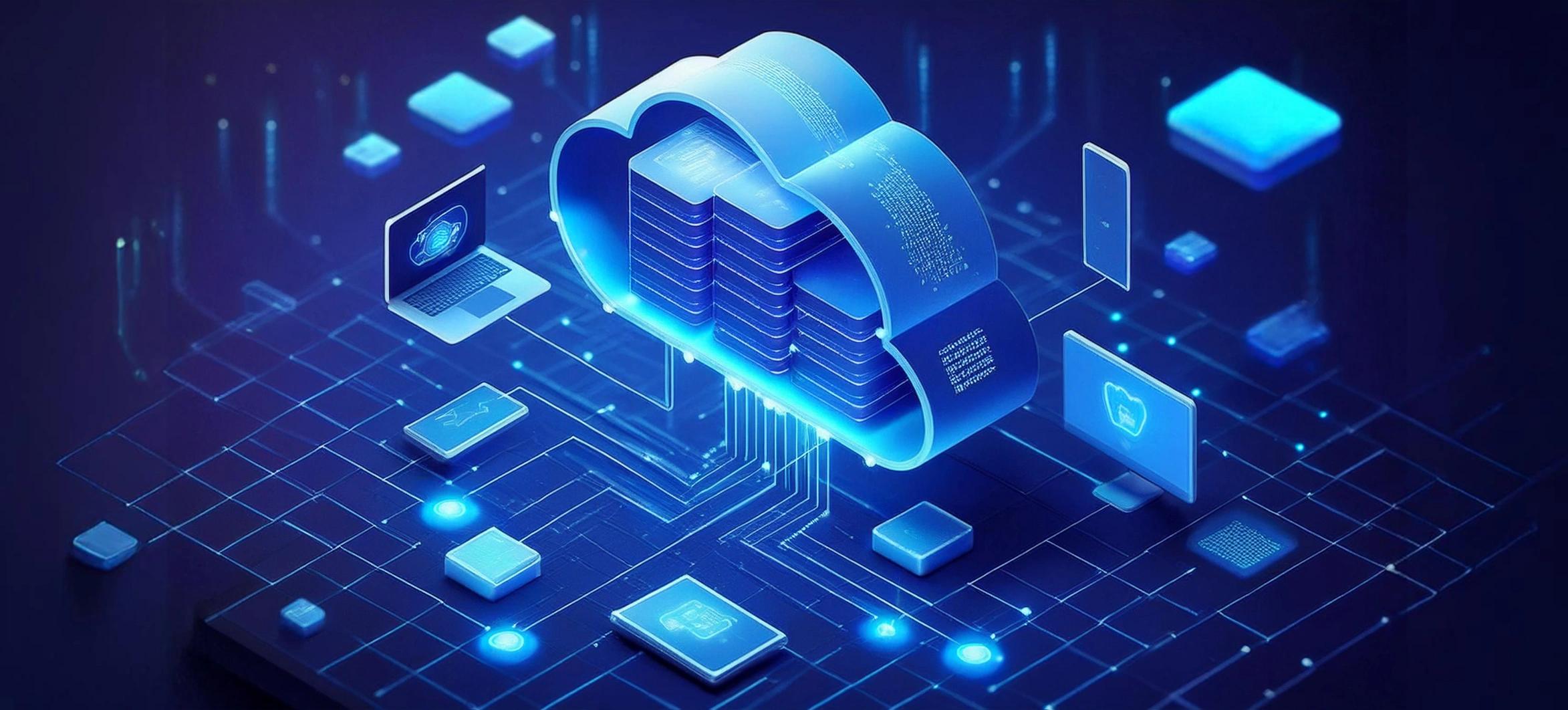70% of Your IT Budget Is Wasted on Legacy
Legacy systems drain your spend, slow your teams, and stall innovation. Modernize with speed, security and confidence — guided by our experts.
According to Gartner, a legacy application is “an information system that may be based on outdated technologies, but is critical to day-to-day operations.”
For businesses, legacy applications present a lot of big challenges, including (among others):
- Cost Overruns as a result of supporting obsolete code and/or systems. These may need additional developer hours, or niche developer services (that cost more).
- Technical Debt from businesses putting off modernization until it becomes infeasible or too expensive to develop the existing application for current market needs.
- Security Threats due to gaps in the obsolete code, or systems that aren’t following current cyber security best practices or standards.
- Compliance Issues resulting from the legacy application not meeting current industry or government user privacy and data security regulations.
Today, a common type of legacy application is the monolithic application. This type contains all of the application’s components and logic in one single deployable artifact. Besides this, many businesses are using applications that rely on legacy hardware, such as mainframes.
The Leading Legacy Application Modernization Strategies
To solve these issues, businesses look at upgrading their legacy systems. In today’s software development space, you have these legacy application modernization options:
Encapsulate
Your first legacy modernization approach is to ‘encapsulate’ the legacy application.
This approach requires you to chip away at the monolithic code base by decoupling its services and components. In turn, you rebuild those individual components into microservices.
The main idea is to break the monolithic application down into a microservices application. In the long-term, this will enable you to maintain and update each component individually.
The benefit of encapsulating is that it enables you to move your application to a modern — i.e., microservices — architecture without investing the time needed to rebuild the application from scratch. In other words, you’re moving gradually.
Stop Losing Money to Obsolete Code & Support Costs
Modernize Your Applications
However, encapsulating has its challenges as well.
First, decoupling services/components in monolithic applications is a difficult process, especially in the case of large and complex applications.
Second, decoupling could break the application’s business logic. The existing systems may rely on source codes or hardware (e.g., mainframe) that you can’t readily replace.
Moreover, the original developers may have designed the system to work in a specific way. But if you decouple it, you might break the system.
Replatform
If lowering your time-to-market is the main priority, then replatforming may be the right software modernization strategy for your business.
With replatforming, you’re making only the minimal changes necessary to move the application to the cloud and adhere to the Twelve-Factor App methodology. This methodology defines how cloud-native applications should run, e.g., be disposable, execute the app as processes, etc.
This is the fastest way to deploy your legacy application to the cloud. This is very beneficial for applications that already adhere to some or most of the Twelve-Factor App methodology, so it’s a matter of changing a few components to make it work in the cloud.
However, for the most part, the point of this legacy software modernization approach is to keep the application the way it is. So if you’re dealing with a legacy application with a lot of obsolete code, moving to the cloud won’t actually resolve the underlying problems with that code.
As a result, you could end up bringing a lot of unnecessary baggage to the cloud, such as:
- Cyber security vulnerabilities;
- Inability to cost-effectively scale (relying on complete VMs);
- Longer downtime;
- Costly and time-consuming application support/maintenance;
- Limited-to-no automation;
- Continued technical debt;
- And lost the opportunity to add new features or improve the customer experience.
See How Kubernetes Can Help Your Application Modernization Needs:
- The Complete Guide to Kubernetes
- The 7 Benefits of Kubernetes That Will Lower Your Costs & Time to Market
- Getting Started with Google Kubernetes Engine
Re-architect
The final legacy system modernization approach is to rebuild the application from scratch, i.e., to re-architect it.
This process enables you to take full advantage of modern programming languages/frameworks as well as microservices.
By enabling you to develop a cloud-native application, you can use a managed cloud services provider. In turn, you’ll save on your long-term hosting and operating costs, especially as you scale your application to reach different regions and lots of users.
The benefit here is certainly a long-term play, which you’ll need to get past the challenge of the high cost and time required of development.
This approach will require you to completely re-write the code. As with encapsulating, you may end up dealing with irreplaceable source code (e.g., the business logic).
To solve the latter, your developers will need to understand a lot of tribal knowledge — i.e., of why the original developers or designers made the legacy application the way it is.
How to Pick the Right Legacy Software Modernization Option
If you’re embarking on a modernization project, you’ll understand by now that replacement isn’t the only option. But there’s no hard and fast rule; it depends on your business’ requirements — your budget, time-to-market goals, and functionality needs.
Once you’ve defined those requirements, your modernization project will sit somewhere in this spectrum — projects on the top right corner will be costlier and take more time.
If your priority is to lower costs, cut time-to-market, and re-use most of your existing application components, then you’re looking at encapsulating or replatforming.
However, if your application is loaded with obsolete code, and it would better serve your business to build a cloud-native solution, then you’re looking at re-architecting. Yes, this is the costlier and longer approach, but it’ll offer the greatest payoff over the long-term.
Next Steps
There’s no doubt that deciding on a path for modernizing your legacy application is a significant business decision. To select the approach that will support your business’ long-term profitability, your first step should be to speak to an outside software development agency.
Speaking to an outside partner will help you get fresh — and expert — eyes on your project, and give you maximum clarity on your next steps.
At Techolution, we directly speak to our clients’ key stakeholders to understand their business requirements and goals. We help our clients select application modernization approaches that generate growth in profits and market share, not hefty write-downs. Book a free consultation with our experts today.




